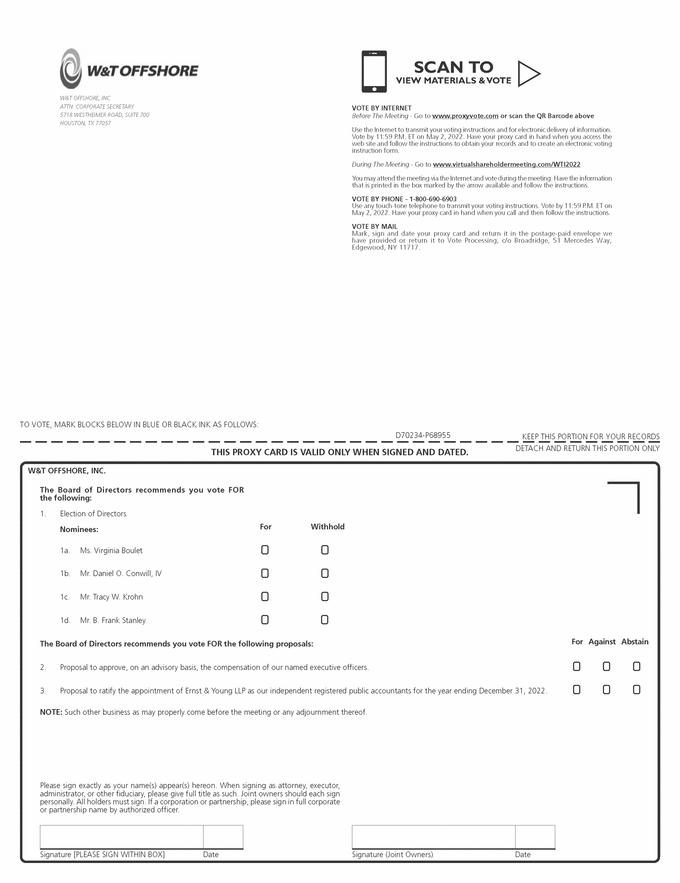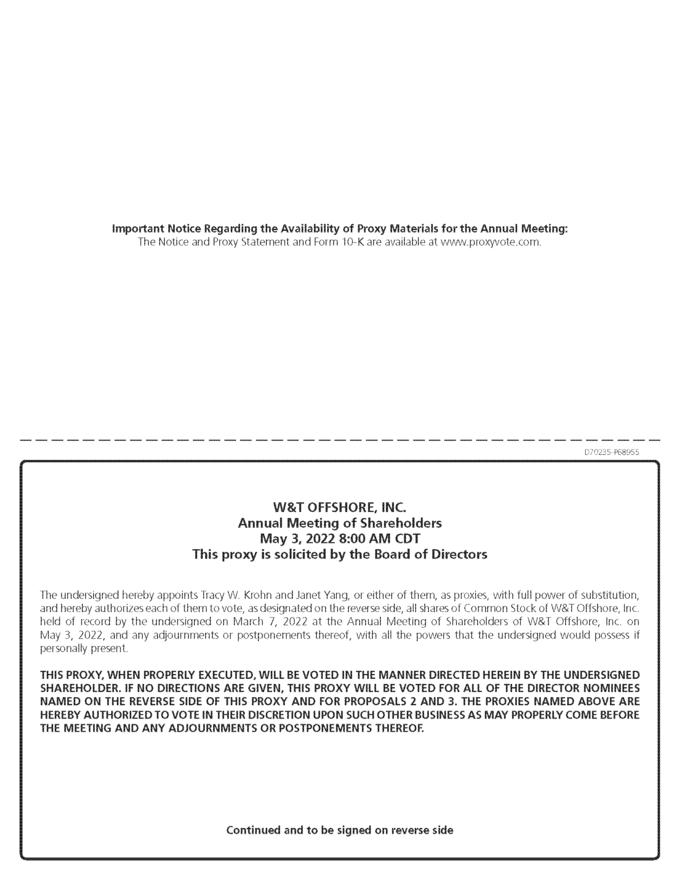COMPENSATION DISCUSSION AND ANALYSIS
Introduction
This Compensation Discussion and Analysis provides a general description of our compensation program and specific information about its various components, which are largely base salaries, short- and long-term incentive and retention programs, retirement plans and health and welfare benefits. This Compensation Discussion and Analysis also provides information about our Chief Executive Officer, who currently also holds the title of President; Chief Financial Officer, who also serves as our Chief Accounting Officer; and each of the Company’s other three most highly compensated executive officers (the “Named Executive Officers”), and is intended to place in perspective the information contained in the executive compensation tables that follow this discussion.
Compensation Philosophy and Objectives
The primary objectives of our compensation program for the Named Executive Officers are to attract, as needed, and retain the best possible executive talent, to stimulate the Named Executive Officers’ efforts on our behalf in a way that supports our financial performance objectives and business strategy, and to align their incentives with enhancement of long-term shareholder value. In particular, our compensation program for Named Executive Officers is designed to reward superior job performance and individual initiative to help increase our profitability, oil and gas reserves, production rates, Adjusted EBITDA (defined below), and Adjusted EBITDA Margin (defined below), to appropriately manage lease operating expenses (“LOE”) and general and administrative (“G&A”) expense and various other key operational and environmental, social and governance (“ESG”) metrics. Under its charter, the Compensation Committee sets the compensation of our Chief Executive Officer, reviews and approves the evaluation process and the compensation of our other Named Executive Officers, and evaluates the performance of the Company’s executive officers and senior management. Typically, the Compensation Committee has approved metrics by which each Named Executive Officer’s cash incentives and stock-related incentives will be awarded through our incentive plans. We define “Adjusted EBITDA” as net income before net interest expense plus income tax (benefit) expense, depreciation, depletion, amortization and accretion, excluding the unrealized commodity derivative gain or loss, amortization of derivative premiums, bad debt reserve, release of restricted funds, litigation, share-based compensation, and other items that are appropriate adjustments to reflect normalized results, while “Adjusted EBITDA Margin” is defined as Adjusted EBITDA divided by revenues for the period.
Appropriately setting compensation metrics, goals and objectives in the oil and gas exploration industry, in the view of the Compensation Committee, presents certain unusual challenges because the operational and financial results of the Company are so heavily influenced by changes in commodity prices over which the management has no direct influence. The Compensation Committee recognizes, however, that the influence of changes in commodity prices can be ameliorated somewhat by entering into commodity derivatives contracts (which, in certain circumstances, creates another set of risks). Accordingly, Adjusted EBITDA, as defined by the Compensation Committee, includes the impact of the realized commodity derivative contracts or cash, but excludes the unrealized portion of any gains or losses on those contracts, which can swing significantly in value with an undetermined total cash impact
As a result, the Compensation Committee believes that goals utilized to incentivize management should be reviewed annually for possible revision in light of changing commodity prices. For example, an Adjusted EBITDA margin metric may be significantly higher or lower in one year compared to the prior year’s target and yet be a meaningful goal, the obtaining of which is in the shareholders’ best interest. The Compensation Committee believes that rigidly retaining an Adjusted EBITDA margin target set for a prior year during periods of substantially higher commodity prices could act as a significant management disincentive. Conversely, an Adjusted EBITDA margin target may be set significantly higher than the prior year in light of commodity price increases which in the context of many other businesses would represent an unrealistic increase in a fundamental financial metric. On the other hand, the Compensation Committee is aware, after conversations with our larger shareholders who accepted our invitation to discuss these matters, that our shareholders expect our long-term compensation plan to include at least one three-year metric that focuses management on the need to create long-term shareholder value. Accordingly, in 2022, we have changed our long-term compensation plan metrics to include a three-year relative total shareholder return (“TSR”) metric.









